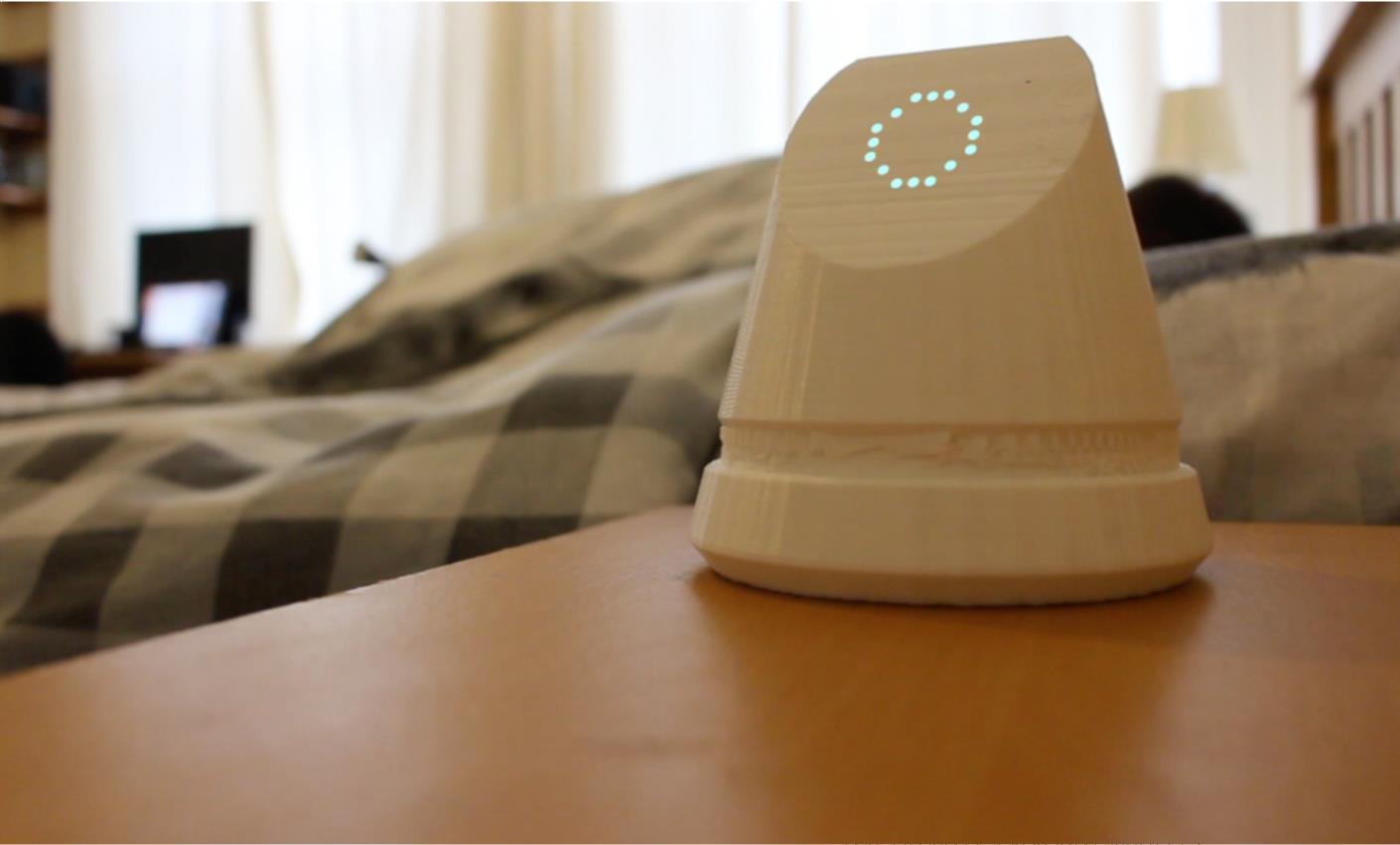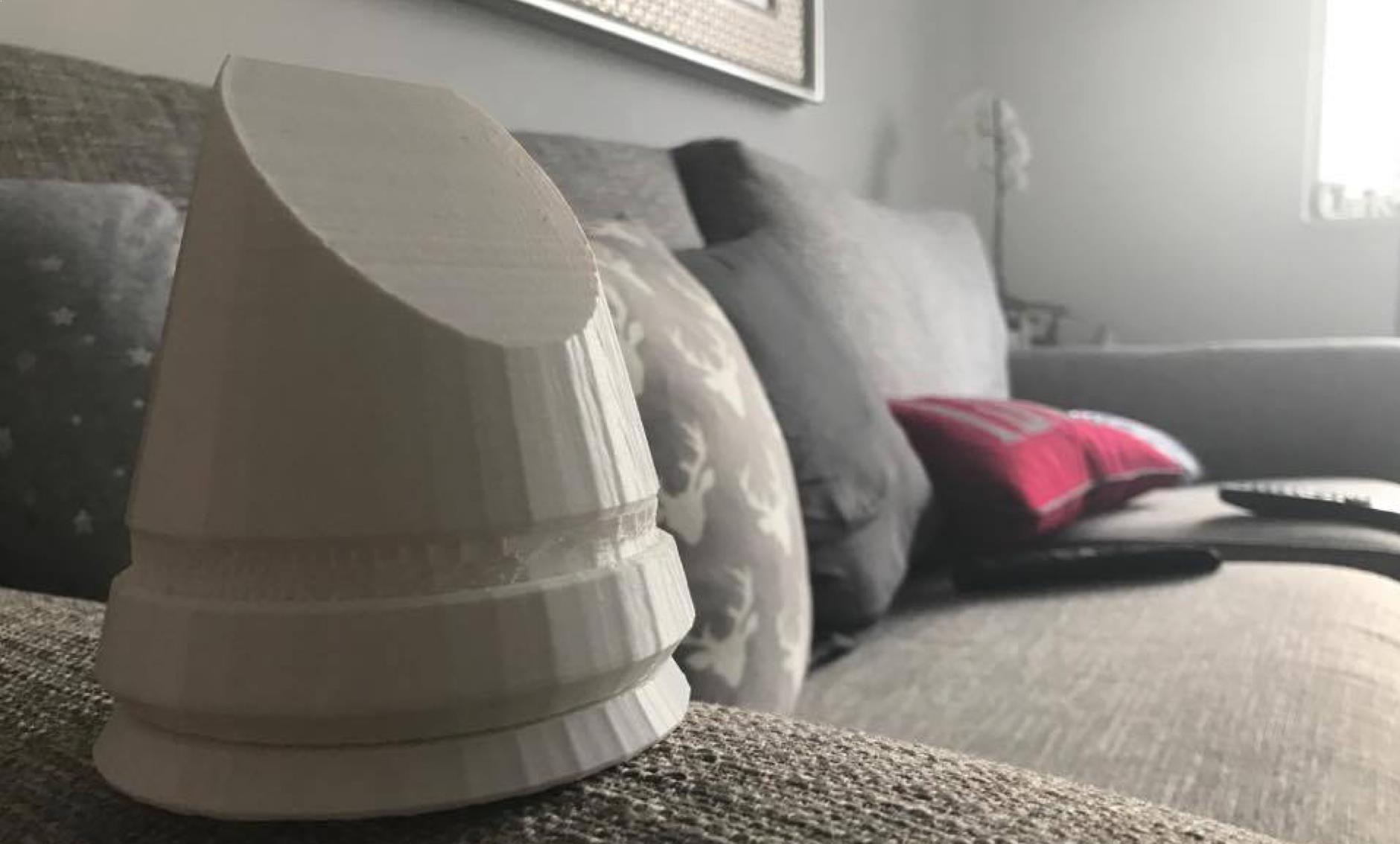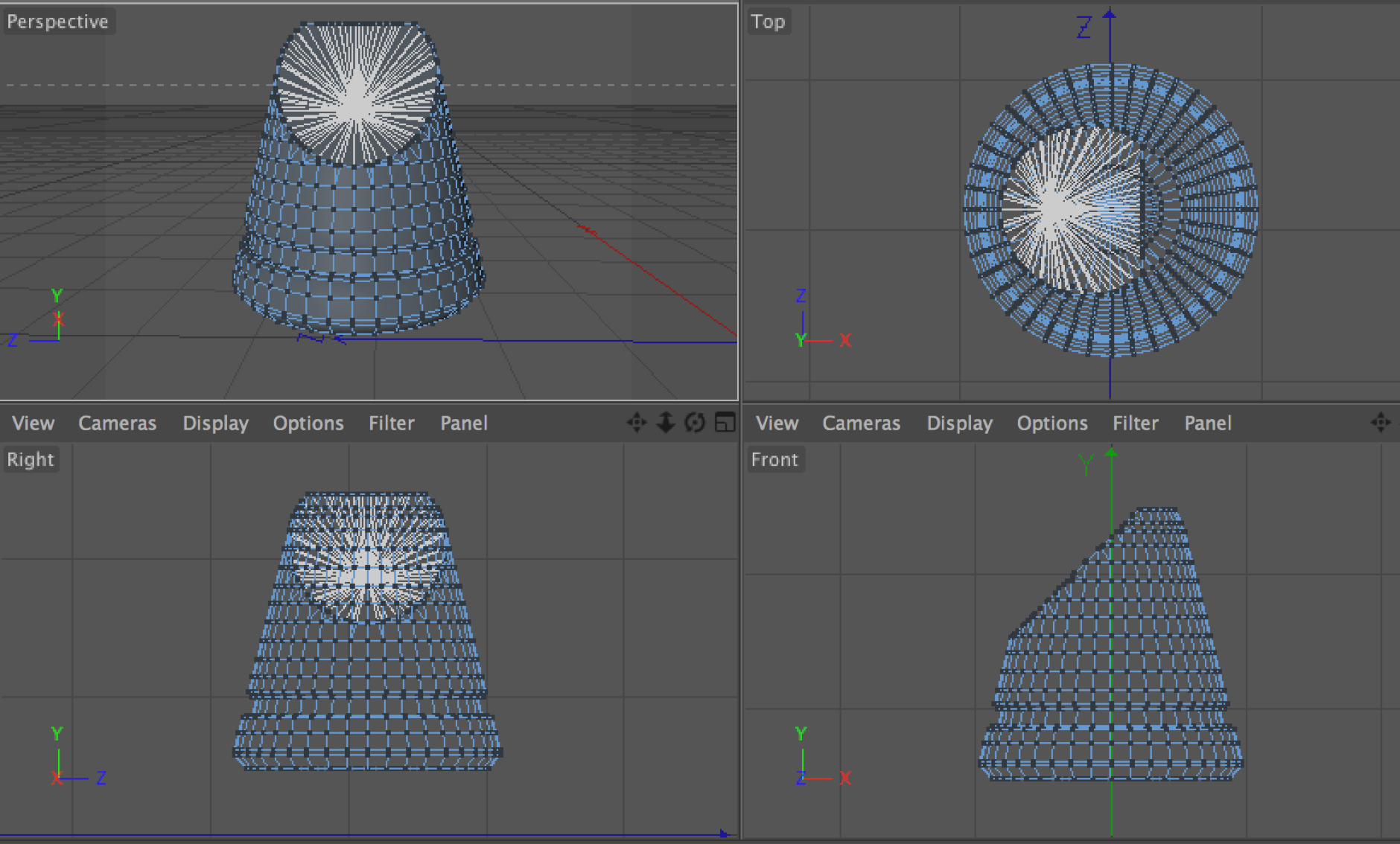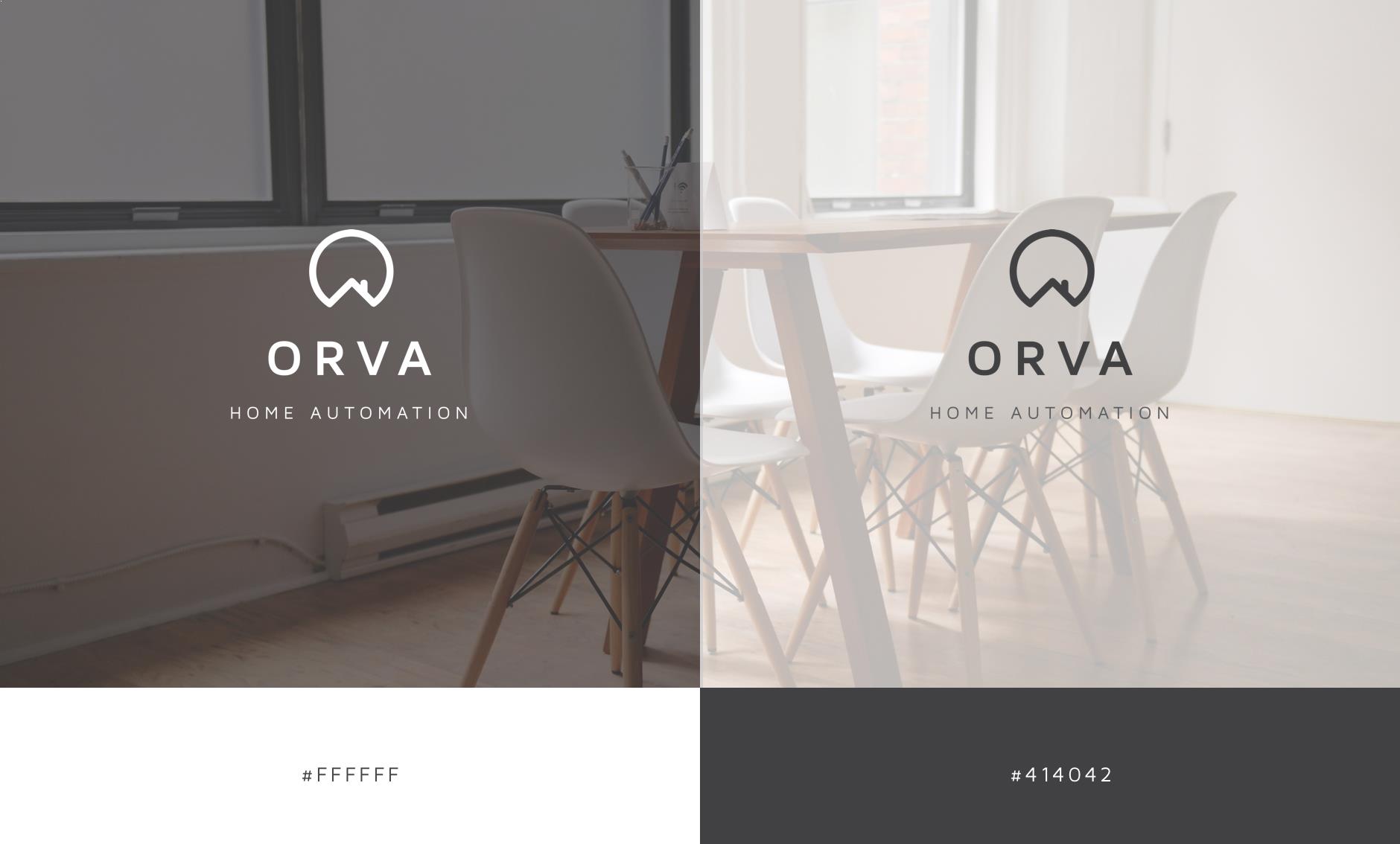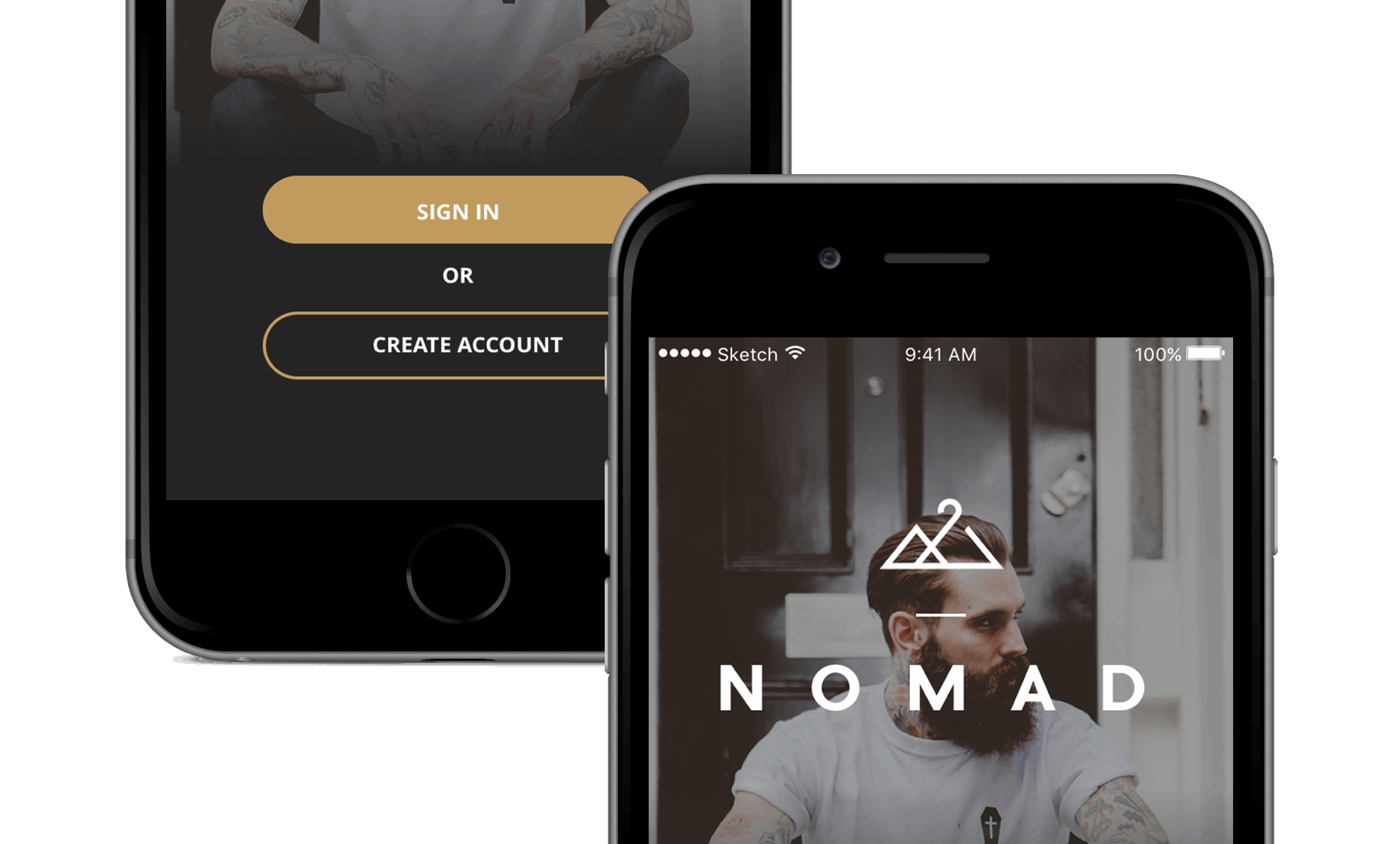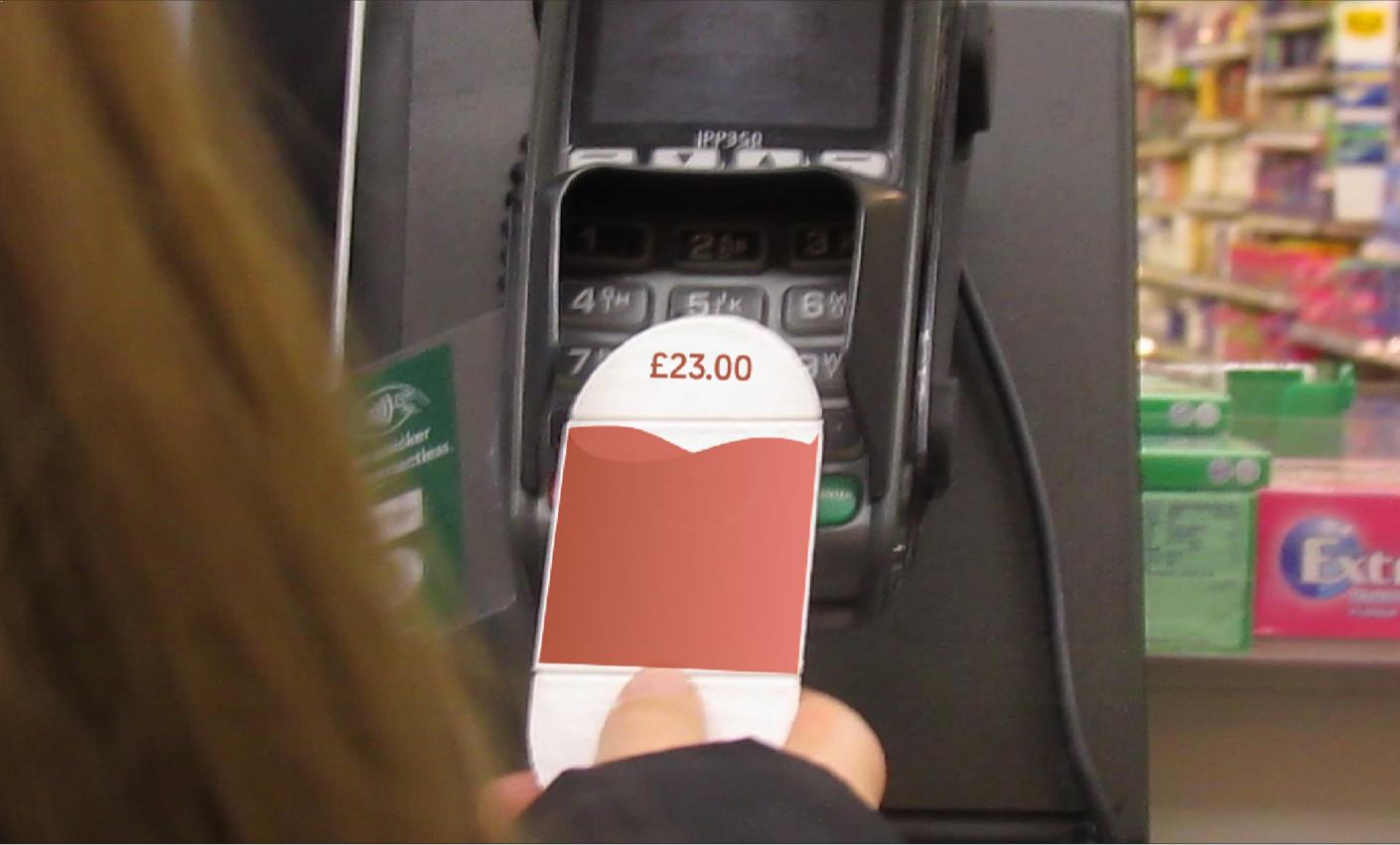Development
During the development of Orva, a key focal point was creating an efficient gesture control system for the smaller, repetitive control tasks. During the development of this, carrying out user research played an essential role in implementing the most obvious and intuitive interactions, in addition to, testing on those with reduced motor functions also played a part in creating a simple, accessible and efficient library of interactions.Visual Design
When considering the physical form of Orva, I felt the best direction to take was creating something that could sit in the majority of home environments without looking out of place, integrating well with contemporary home environments. Furthermore, the decision was also made to create a bottom heavy form for stability and a calculated angle of the flat face for comfortable interaction and view of the LED display.Prototype
Orva being a conceptual project, creating a prototype that communicated the idea without function was of upmost importance in the delivery of the project. To achieve this I utilised a combination of Cinema 4D and Makerbot to 3D print an accurate representation of what the device could look like in style and scale.Project Details
- Project Title: Orva
- Project Type: Experiential
- Project Focus: Home automation
The creation of Orva was driven by the existing issues with current home automation devices. From extensive research some of the common problems include voice interactions being annoying to learn just for the device to understand which often feels unnatural. In conjunction with this, when tasks require multiple interactions or repetitive use of the same interaction, the existing devices become frustrating to use especially when you constantly have to start with a wake device phrase such as “Alexa” and if the device is not portable and have to walk to the device from where ever you are to use it or shout.
Orva is a portable home automation device that utilises a combination of intuitive gesture control and provides the ability to customise voice interactions. The integration of Gesture control is to eliminate the need for constant repetition of voice command for frequently used home controls such as changing music tracks or the TV channel and replacing with a simple and efficient gesture. Further more the integration of voice command customisation allows for the quick execution of multiple tasks without the need to complete them one command at a time. An example of this being creating a morning command activated by saying “good morning” that would then provoke several preset commands like turning the heating on, lights on and start boiling the kettle all from one command.
Due to the time frame of the project, I had to limit my development of Orva to simply a concept of the physical device but with more time I would love to develop the accompanying application to partner Orva to control presets and monitor the home environment.
